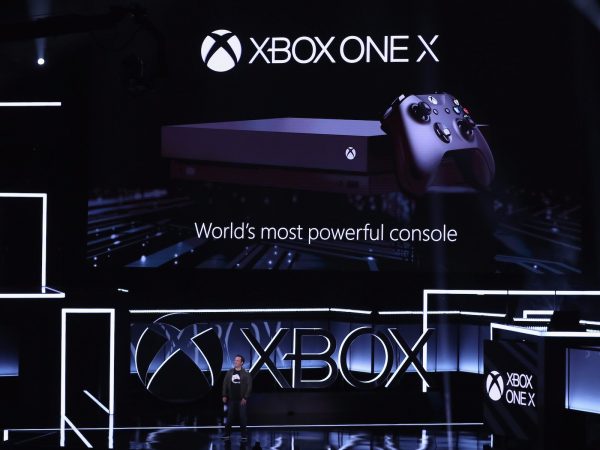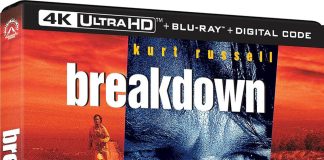
The digital Nintendo Switch version of the 2011 game L.A. Noire requires 29 GB of hard drive space to download. The Nintendo Switch ships with 32 GB of free space. When you factor in pre-installed software, that means you’ll need to buy an SD card if you want to house L.A. Noire on your Nintendo Switch.
But hey, what do you expect from a hard drive that’s only 32 GB big? What about a modern, high-end console like the Xbox One X that sports a 1 TB hard drive? Surely that is big enough to hold almost all the game’s you’ll ever buy.
You’d think so, but early tests of the Xbox One X proved that the console’s 1 TB hard drive isn’t big enough to hold many of the biggest Xbox One games. For instance, the enhanced version of Gears of War 4 clocks in at a staggering 103.12 GB in file size. Halo 5 and Quantum Break will also cost you over 100 GB of space if you’re going to download all the content that comes with those games. Given that the 1 TB Xbox One hard drive only really offers 780 GB out of the box, it’s not inconceivable to think that you could max out the system’s capacity with less than 10 games.
We know this is a problem and so do Microsoft and Nintendo. That’s why the Switch allows you to utilize an SD card in order to expand the system’s storage and why Microsoft has recommended that Xbox One X owners invest in an external hard drive to ensure that they are able to download all future games without issue. It’s annoying that these consoles didn’t ship with a solution to these storage issues, but at least there is a way to ensure that they don’t completely derail your entertainment experience.
The biggest problem with the ever-expanding size of modern games and the comparatively small size of console hard drives isn’t so much finding room for those GBs; it’s what those GBs are being used for.
In 1996, Bethesda Softworks released a game called Daggerfall that boasts one of the largest in-game worlds ever created. While many of Daggerfall‘s 62,394 square miles consisted of repeated textures and assets, the game was still a technological miracle that only took up about 150 MB of space. If you were to render a map of that size with modern technology, it’s likely that the game’s final size would take up the majority of a 1 TB hard drive.
If you’re not into theoretical examples, consider that a huge game like Grand Theft Auto V only takes up about 65 GB of space. The similarly huge The Witcher 3 only takes up about 25 GB of space. These are games that offer hundreds of hours of entertainment across huge worlds.
The 103 GB Gears of War 4 is not that game. It offers about eight hours of single-player content and a fairly-good – but comparatively simple – multiplayer mode. Quantum Break doesn’t even have a real multiplayer option. The reason they take up so much hard drive space isn’t because they’re pushing the limits of video game design, but rather because the resolution of these games is far greater than previous generations.
4K resolution is nice, but the amount of space that these upgrades require feel pretty disproportional to what we get in the final product. That’s the real issue with the current trends in video game file size. They take more than they give and may force developers to scale back in other areas until technology improves or console manufacturers start to adapt to modern hard drive requirements.












![Wicked: For Good Is Up For Pre-order On Disc & Digital Including Collector’s & SteelBook Editions [Updated] Wicked for Good digital poster](https://hd-report.com/wp-content/uploads/2025/11/wicked-for-good-digital-poster-324x160.webp)